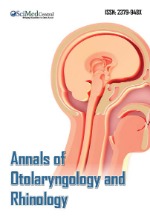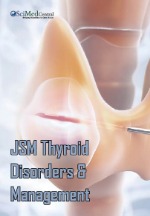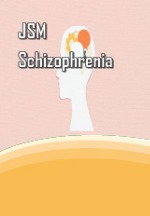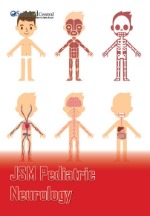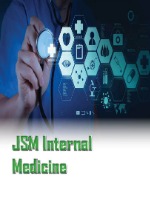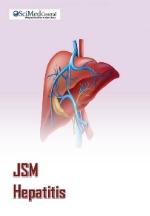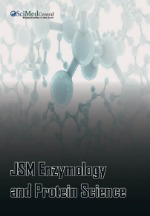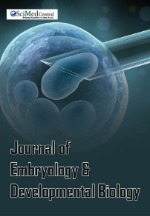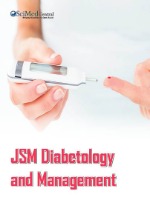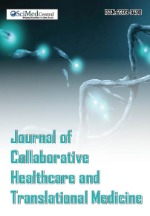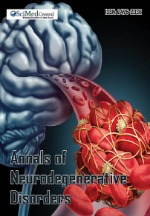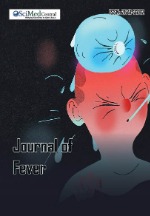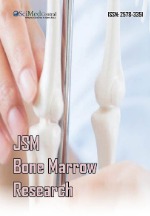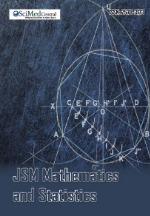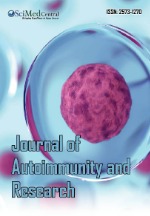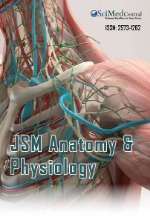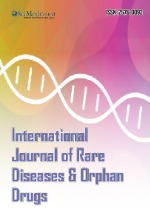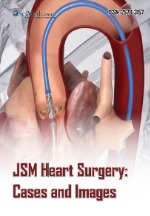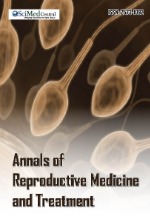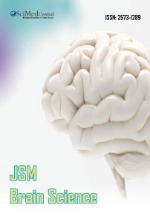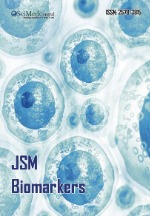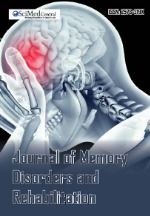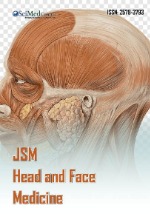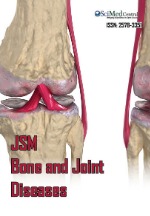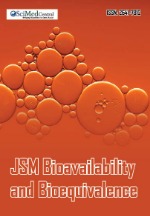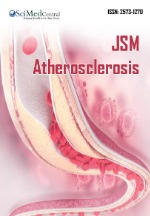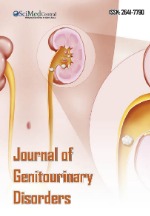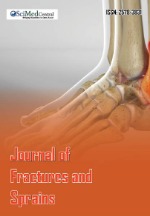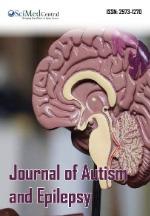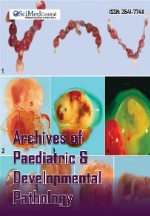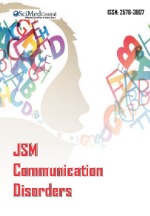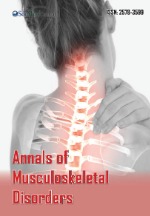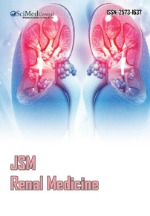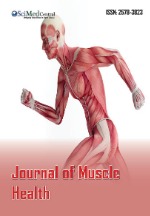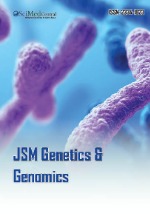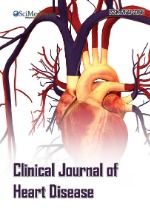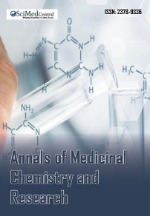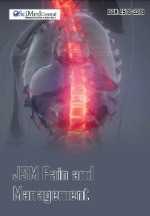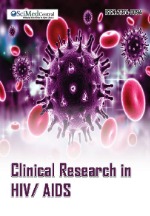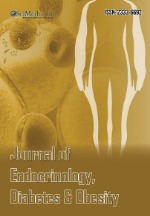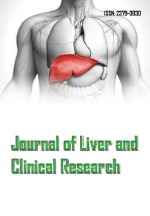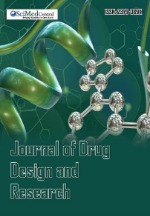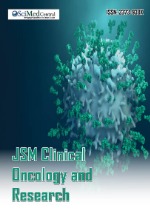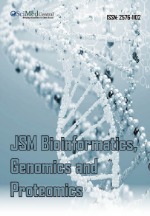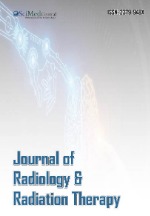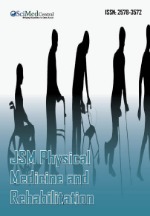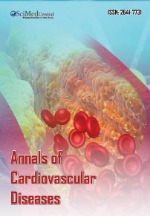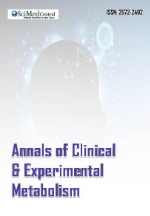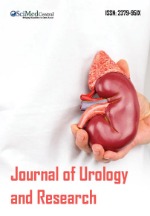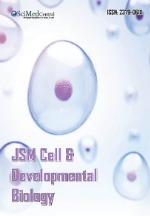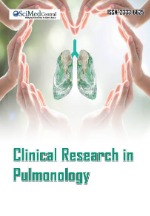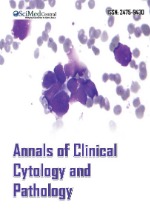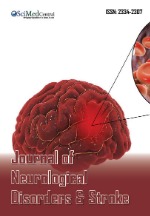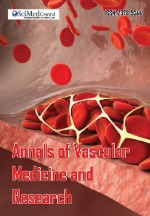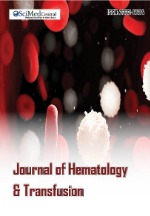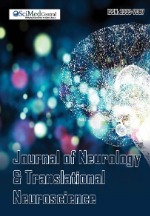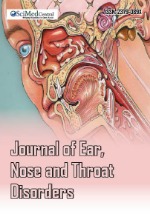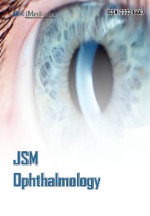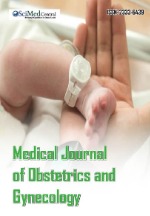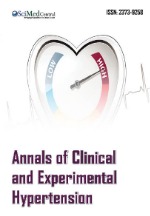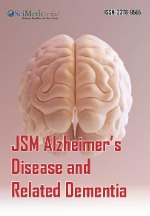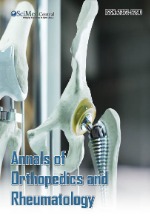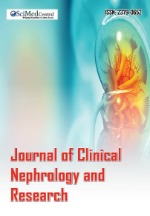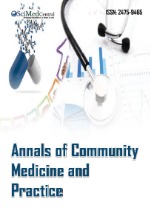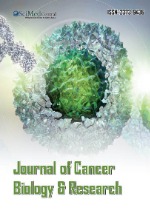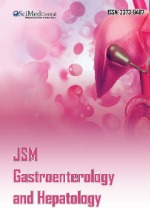Unusual Finding of Ventricular Tachycardia in a Healthy Heart: A Case Report and Systematic Review of the African Literature
- 1. Department of Cardiology, Bogodogo University Hospital, Burkina Faso
- 2. Department of Cardiology, Yalgado OUEDRAOGO University Hospital, Burkina Faso
Abstract
Introduction: Ventricular tachycardia is a major cardiological emergency that rarely occurs in healthy hearts. The aim of this study is to present a clinical case of ventricular tachycardia in a healthy heart and the current data in the African literature.
Clinical observation: The patient was a 23-year-old housewife with no known cardiovascular risk factors. She presented with intermittent, regular, rhythmic palpitations that had been present for more than 4 months. The physical examination revealed tachycardia at 200 beats per minute, blood pressure 127/82 mmHg, and the rest of the physical examination was normal. The electrocardiogram showed regular tachycardia with wide QRS (128 ms duration), atrioventricular dissociation and a ventricular rate of 204 cycles per minute, suggestive of ventricular tachycardia. Doppler echocardiography was normal. We accepted the diagnosis of well-tolerated sustained VT in a healthy heart. A loading dose of amiodarone (30mg/kg) resulted in complete cardioversion with a return to sinus rhythm after six hours. Subsequent outcome was favourable.
Conclusion: Through this observation, we have deciphered a case of ventricular tachycardia in a healthy heart. In the literature, the major symptom of this pathology remains palpitations and management requires antiarrhythmic drugs or ablation.
Keywords
• Ventricular tachycardia
• Healthy heart
• Literature
• Burkina Faso
Citation
Nacanabo MW, Seghda TAA, Lengani EH, Sawadogo LFW, Tall/Thiam A, et al. (2025) Unusual Finding of Ventricular Tachycardia in a Healthy Heart: A Case Report and Systematic Review of the African Literature. J Cardiol Clin Res. 13(1): 1209
INTRODUCTION
Ventricular tachycardia (VT) is a serious cardiac arrhythmia generally associated with underlying cardiac pathologies such as myocardial infarction, dilated cardiomyopathy or hereditary electrical disorders [1]. However, in some rare cases, this arrhythmia can occur in an apparently healthy heart, with no detectable structural or functional abnormalities [2]. This atypical presentation raises questions about the underlying mechanisms, risk factors and therapeutic management of this condition [3]. The discovery of ventricular tachycardia in a healthy heart presents a major diagnostic and therapeutic challenge. Although such cases are rare, their management is crucial, as VT can lead to syncope, heart failure and even cardiac arrest if not treated appropriately [2]. The aim of this article is to present a clinical case of ventricular tachycardia in a healthy heart, together with current data from the African literature, exploring the particularities of the diagnosis and the treatment options available
OBSERVATION
The patient was a 23-year-old housewife with no known cardiovascular risk factors. She had no other personal or family history. She was the mother of a seven month-old child. She was consulted for intermittent, regular palpitations with no fixed timetable, rhythmic and evolving for more than 4 months. These episodes were accompanied by hot flushes and hypersudation without any notion of syncope or calming factors. The physical examination revealed tachycardia at 200 beats per minute, blood pressure 127/82 mmHg, and the rest of the physical examination was normal. The electrocardiogram showed regular tachycardia with wide QRS (128 ms duration), atrioventricular dissociation and a ventricular rate of 204 cycles per minute, suggestive of ventricular tachycardia (VT) (Figure 1).
Figure 1:Standard 12-lead electrocardiogram showing regular tachycardia with wide QRS (128 ms duration), atrioventricular dissociation and a ventricular rate of 204 cycles per minute, suggestive of ventricular tachycardia.
Doppler echocardiography showed normal-sized heart chambers and good systolic function in both ventricles, with hyperkinesis of the heart walls (Figure 2).
Figure 2:Doppler echocardiography A: long-axis asternal slice on admission with impaired left ventricular dimensions and ejection fraction B: apical 4-cavity section coupled to TM mode at the tricuspid annulus showing good systolic excursion of the tricuspid annulus C: long axis asternal slice after reduction showing left ventricular dimensions and preserved ejection fraction D: apical 4-cavity section showing thrombus-free cardiac cavities and no left intra-cavity trabeculatio
Thyroid hormones, blood ionogram and haemogram were normal. We accepted the diagnosis of well-tolerated sustained VT in a healthy heart. A loading dose of amiodarone (30mg/kg) resulted in complete cardioversion with a return to sinus rhythm after six hours (Figure 3).
Figure 3:12-lead surface electrocardiogram showing a return to sinus rhythm after six hours on amiodarone.
After observing a stable rhythm on a maintenance dose of 600mg/day of amiodarone, the patient was discharged and given bisoprolol 5mg/day (Figure 2). We saw the patient again one month later and she had become asymptomatic with a regular sinus rhythm on ECG.
DISCUSSION
The occurrence of VT in a healthy heart remains rare and raises important questions about the mechanism of its genesis [4]. VT episodes are frequently initiated by right ventricular birth extrasystoles with positive QRS morphology in lead I [5]
We searched for articles on PUBMED and Google schoolar using the keywords ‘Tachycardia’, ‘Ventricular’, ‘healthy heart’, ‘Africa’, alone and in combination. This review of the African medical literature enabled us to identify 4 cases, from 4 referenced articles in English and French. Table 1 summarises the different cases described in the literature, as well as our case, according to year, authors, age, sex of patients, type of lymphoma, treatments and course (Table 1).
Table 1: Summary of the review of the African literature
| N° | Autors/Years | Age /sex | Symptoms/context | Antecedents | Emergency treatment | Ambulatory treatment | Evolution/pronostic |
| Kambiré and al./ 2015 | 15 years/F | Palpitations, pregnency | no | Flécaïnide, Nadolol | Radiofrequency | Resunisalisation | |
| 2 | |||||||
| 3 | Nkoke and al./2017 | 66 years/M | Syncope in church. | Hypertension | Oxygen and Amiodaron | Amiodaron | Deceased |
| Spontaneous resolution | Spontaneous resolution | Favorable | |||||
| 4 | Seghda and. / 2019 | 34 years/M | Blocknea, palpitations | Smoking | |||
| Exeat after 7 days | |||||||
| 5 | Nacanabo and al./2025 | 23 years/F | Palpitations | no | Amiodaron | Betabloquants | Favorable, Exeat after 7 days |
These articles are similar in several respects to the case we are describing. Two of these observations had already been described in Burkina Faso, two were male and all presented with palpitations. VT was sustained and well tolerated in all cases. All patients were treated with medication and none underwent ablation. The authors of these observations reported no immediate deaths.
The prevalence of VT in a healthy heart is approximately 2 to 3% in the world literature [6]. This atypical form is often associated with genetic factors, such as pre excitation syndromes, Wolff-Parkinson-White syndrome, ion channel disorders such as long QT syndrome, or isolated electrophysiological abnormalities with no identifiable structural cardiac pathology [6]. Traumatic events, such as shock or intense physical effort, can also trigger these arrhythmias in individuals with no previous cardiac history, although not in the case of our patient [7].
Clinically, VT in a healthy heart is often discovered by chance, during an assessment of chest pain, palpitations, malaise or syncope [8]. In this case, the patient, a 30-year old woman with no previous cardiac history of note, presented with palpitations and no associated chest pain. Electrophysiologically, VT in a healthy heart can result from a variety of mechanisms. In patients with no apparent cardiac disease, disturbances in cardiac electrical conduction or alterations in repolarisation can lead to reentrant circuits in the ventricles [9]. In this patient the QTc was normal, which does not differ from the QTc of patients with idiopathic monomorphic VT [10]. Ionic abnormalities, such as hyperkalaemia, calcium or magnesium imbalance, may also play a key role in the initiation and maintenance of VT. In our case, neither the electrophysiological study in search of conduction disorders, nor the search for genetic abnormalities, could be carried out in this patient due to limitations in the means of investigation. The absence of structural heart disease was accepted on the basis of clinical and echocardiographic arguments, leading to the diagnosis of VT in a healthy heart. The diagnosis of VT in a healthy heart is a diagnosis of elimination and requires an exhaustive aetiological work-up. Cardiac magnetic resonance imaging therefore appears to be the test of Oxygen and Amiodaron Spontaneous resolution Amiodaron Amiodaron Spontaneous resolution Betabloquants Resunisalisation Deceased Favorable Exeat after 7 days Favorable, Exeat after 7 days The prognosis for VT in healthy hearts is generally favourable, especially when the underlying cause is benign or of controllable genetic origin [8]. Patients with paroxysmal VT without structural heart disease have an excellent long-term prognosis. However, recurrence of the arrhythmia remains a significant risk, especially if persistent electrophysiological abnormalities are present [12]. In our patient’s case, long-term follow-up includes ECG monitoring and electrolyte control to avoid any worsening. CONCLUSION Through this observation, we have deciphered ventricular tachycardia in healthy hearts, which, although rare, remains a major clinical phenomenon requiring in depth evaluation. The main symptom of this condition is palpitations, and the occurrence of haemodynamic instability is a major concern. Diagnosis is based on the exclusion of underlying cardiac pathologies, and management is based on an individualised approach, taking into account the type of arrhythmia, the risk of recurrence and the treatment options available. Long-term monitoring is essential to assess prognosis and prevent serious complications. choice, although failure to perform it is not sufficient to refute our diagnosis.
The therapeutic management of VT in a healthy heart depends on the severity of the episodes and the risk of haemodynamic instability [4]. In our case, the first line of treatment was chemical cardioversion, with close monitoring. Beta-blocker therapy was initiated to prevent recurrence. Although the efficacy of verapamil has been demonstrated in several studies, its administration requires identification of the type of VT, as it can be fatal in certain forms [11,12]. Several therapeutic options are described in the literature, ranging from antiarrhythmic drugs to implantable devices such as cardioverter-defibrillators, particularly in cases of recurrence or risk of sudden death [8]. However, ablation may appear ineffective because patients do not necessarily have inducible VT to begin with [8]
The prognosis for VT in healthy hearts is generally favourable, especially when the underlying cause is benign or of controllable genetic origin [8]. Patients with paroxysmal VT without structural heart disease have an excellent long-term prognosis. However, recurrence of the arrhythmia remains a significant risk, especially if persistent electrophysiological abnormalities are present [12]. In our patient’s case, long-term follow-up includes ECG monitoring and electrolyte control to avoid any worsening.
CONCLUSION
Through this observation, we have deciphered ventricular tachycardia in healthy hearts, which, although rare, remains a major clinical phenomenon requiring in depth evaluation. The main symptom of this condition is palpitations, and the occurrence of haemodynamic instability is a major concern. Diagnosis is based on the exclusion of underlying cardiac pathologies, and management is based on an individualised approach, taking into account the type of arrhythmia, the risk of recurrence and the treatment options available. Long-term monitoring is essential to assess prognosis and prevent serious complications.
PATIENT CONSENT
We have obtained the patient’s consent for publication of these data.





